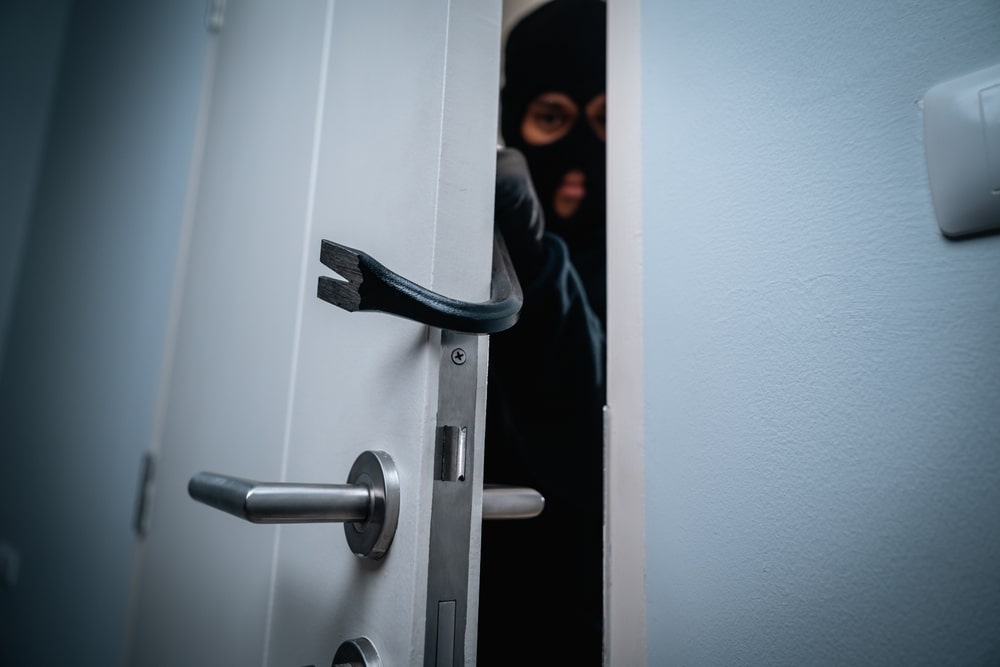What are passive security systems and why are they so important for the protection of your assets? Discover their advantages by reading this detailed article.
The passive security systems are essential to make potential intrusions more difficult and they act both as deterrents and as real elements of contrast to unauthorized physical access. In this article, we explain what they are and how they can help you protect your assets.
Passive security systems: what are they?
The passive security systems are configured as devices or structural elements that act as a real barrier between the assets to be protected and potential wrongdoers who might plan damage or theft.
Elements such as armored doors, fences, iron bars, and burglary-proof locks, as well as safes and armored cabinets fall into this category. Among the passive security systems, in fact, we can include any system suitable to discourage, prevent or slow down a possible intrusion without the need to resort to active interventions.
Passive security systems: what are they for?
As we just mentioned, the passive security systems perform three very important tasks:
- deterrence: acting as physical barriers, passive anti-intrusion security systems discourage attempts at unauthorized access by making them more difficult and risky;
- slowing down: in case an attempted burglary occurs, passive security systems considerably increase the time needed to reach the assets, providing a useful advantage to the law enforcement or private security about to intervene;
- continuous protection: unlike active systems, passive ones provide constant defense regardless of the presence of staff and the functionality of electronic protections.
Active and passive security systems: what’s the difference?
The active and passive security systems differ in the role they have in the overall protection of assets and in the ways they come into operation.
Protection solutions that belong to the active category, in fact, are designed to prevent intrusions dynamically, for example through the activation of an alarm, in response to the detection of a threat.
The passive security systems, on the contrary, have a structural defensive function since they require no energy or activation and represent a permanent physical barrier.
Passive and Active Security Systems: the strength of integration
To get the maximum level of protection, the best choice is to integrate passive and active security systems into a single strategy, combining the installation of armored doors, safes, and security cabinets with that of cameras, alarms, and motion sensors.
Choose the best for your passive security systems: explore Bordogna’s offer by clicking here.

